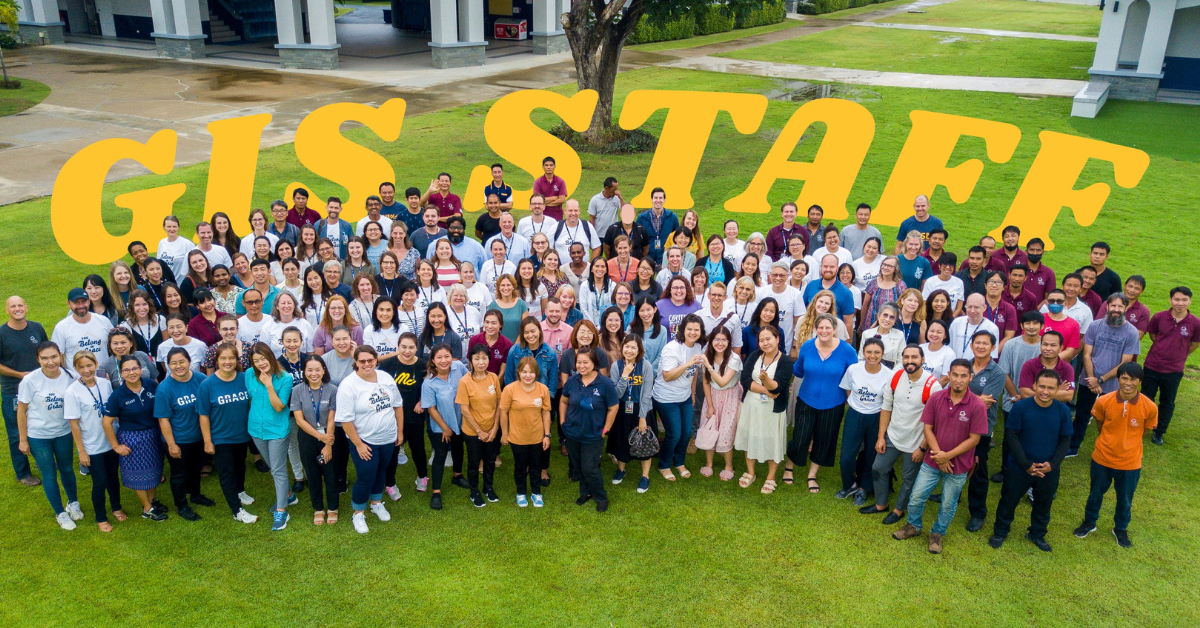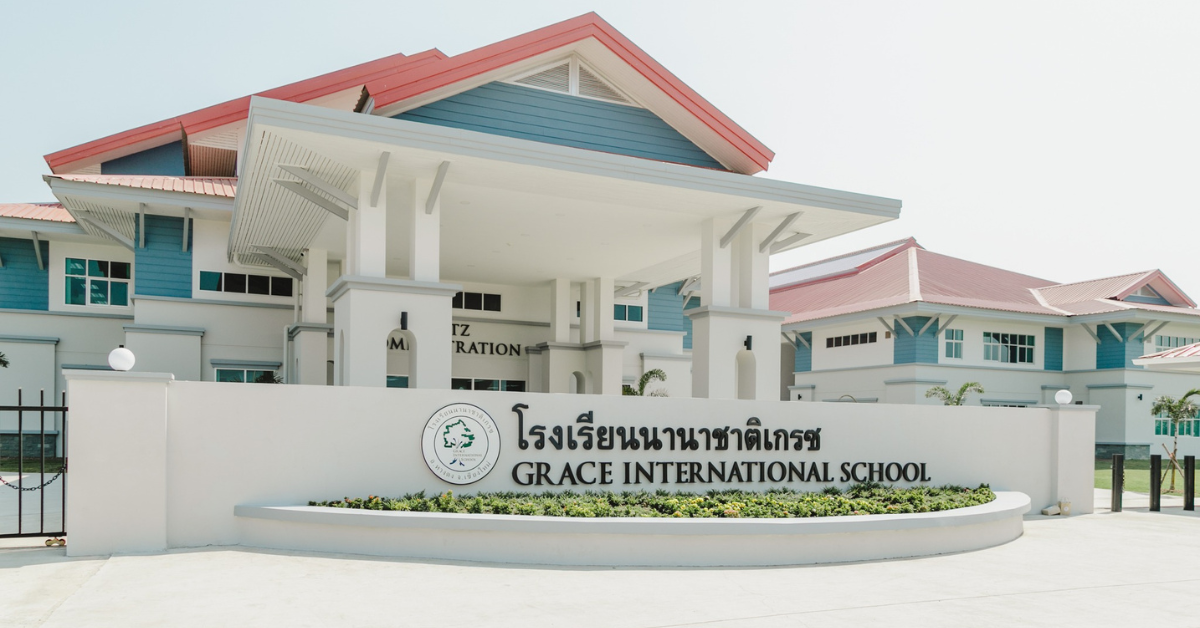3 min read
Leadership Succession Done Right: How The Crossing Church Revamped Their Culture
Situation The Crossing Church in Costa Mesa, California was launched in September 1988 with Tim Celek as the founding pastor. The church grew and...
4 min read
 Best Christian Workplaces
:
October, 30 2023
Best Christian Workplaces
:
October, 30 2023

How do you transform a toxic workplace into one that is healthy?
When an organization finds itself in a toxic situation, change doesn’t happen overnight, even when some key decisions are implemented quickly. Trust erodes over time in a toxic situation, and building trust also takes time. In a toxic workplace, employees need to see that a new commitment to workplace health will be sustained long enough for meaningful improvement.
In the case of Grace International School, the improvement took several years and hard decisions by the board and leadership team.
Grace International School (GIS) was founded in 1999 to provide a high-quality education from a biblical worldview to the children of international Christian workers located in Southeast Asia. It is located in Chiang Mai, Thailand, which is a strategic area for many mission organizations reaching people throughout Asia. GIS is one of the largest faith-based international schools in the world—serving more than 500 students each year. Families with students at the school represent over 85 organizations and serve in more than 40 countries across the globe. The school staff is a combination of employees from the local area, and people from around the world who have come to GIS with a mission to serve children and families with high-quality education. The faculty serve as missionaries and raise support for their salaries.
In addition to the everyday issues involved in leading a multicultural school, GIS faced the challenge of a law that retroactively invalidated the purchase of their campus. They were engaged in a protracted 10-year legal challenge, and eventually had to move from their campus of 17 years to a temporary facility, and then finally to a new permanent location.
Grace International School engaged Best Christian Workplaces to do an Employee Engagement Survey in 2015. The results showed a workplace culture in the “toxic” range (below 3.75 overall, on a scale of 1-5). At the time, 63 percent of the staff were in the “disengaged” category. While there had been anecdotal stories of an unhealthy workplace situation, prior to doing the survey there was no objective data that could guide leaders in making changes.

The GIS administration took the initial results seriously and decided that they needed to make changes at the senior leadership level. They made changes so the leadership of the school would better align with the culture they wanted to cultivate. Even with a change at the helm, there were other areas that the leadership team needed to focus on to make incremental changes that improved workplace health over time.
With the backdrop of uncertainty over the campus location, clear communication with the staff was essential. People were wondering: “What are we doing? Where are we building? When are we moving?” And in the absence of a strong level of trust in leadership, these questions were an additional drag on an unhealthy workplace.
Steve Anderson, the current superintendent of the school, started in 2017. He shared about the importance of ongoing efforts at improvement:
“Because we continue to survey year after year, we are able to continue to get a pulse on where we are and things that we still need to work on. Specifically, we have focused on leadership development, how to engage in healthy conflict, accountability, and communication.”
By 2018, three years after their initial toxic survey, GIS scored above 4.0, putting them in the healthy range, as a certified Best Christian Workplace.
On their latest survey, in 2023, workplace health and engagement continue to improve. They have taken the Employee Engagement Survey six times, using it annually in the last three years.
In the aggregate, GIS showed improvement in employee engagement over an eight-year period. To understand how improvement continues over time, it’s important to look at how the school leadership uses the survey results to inform specific action plans.
The results of each Employee Engagement Survey are reviewed with stakeholders for deeper understanding. Jay Bransford, CEO of Best Christian Workplaces, serves as the consultant for GIS and helps focus them on key areas that can have the most impact on improving workplace health and employee engagement.
Jay Bransford reflects on the way the team at GIS received and acted on survey results:
“The leaders demonstrated courage to continue to ask for feedback year after year. They were humble as they prayerfully considered the feedback, even when it was hard to hear. Then they had the discipline to create engagement goals and action plans, and to continue to focus on those issues throughout the year.”
The following are some specific steps that keep the engagement action plans moving forward:
Superintendent Steve Anderson underscores the importance of listening and communication in continued improvement:
“My rule of thumb is that you can never overcommunicate. The survey allows us to listen and evaluate how people feel—whether they're being heard, included, engaged in the conversation, in the explanation for decisions, feeling like they've been able to add to the conversation. Then from the survey debriefings we can communicate to each of the divisions about what we're hearing and the steps we're going to take to improve. We’ve also included external communication with the student and parent communities.”
The result of this effort is that trust and the belief that GIS has changed for the better are in the healthy range, and significantly higher than when they started their journey of engagement with Best Christian Workplaces. The improvement has taken time and focused effort, as they continue to use objective data year after year to move forward as a healthy workplace. The leadership remains committed to continuous improvement.

Another benefit of the Employee Engagement Survey with Best Christian Workplaces is the extensive data set that allows for peer comparisons. Each Ministry Partner works with their Best Christian Workplaces consultant to develop plans based on their unique results. And they have access to peer benchmarks to help them understand how their engagement issues compare to other similar organizations.
After eight years of working on improving workplace health, GIS is stronger than the average K-12 school on 7 of the 8 FLOURISH drivers identified by Best Christian Workplaces.
You can use the Best Christian Workplaces Employee Engagement Survey as a resource on your own journey toward a flourishing workplace.
Take the guesswork out of building a flourishing workplace culture and enable your organization to grow with a proven three-phase process:
For more information on the process that Grace International School pursued, listen to the Flourishing Culture Leadership Podcast where Al Lopus, Cofounder & Board Chair of Best Christian Workplaces, talks with Steve Anderson, superintendent of Grace International School.

3 min read
Situation The Crossing Church in Costa Mesa, California was launched in September 1988 with Tim Celek as the founding pastor. The church grew and...

Living out core values in the course of everyday organizational life provides a foundation for a flourishing workplace culture. Seeing evidence of...

Leaders of Christian-led organizations carry the responsibility of stewarding both mission and people. But when it comes to the health of your staff...